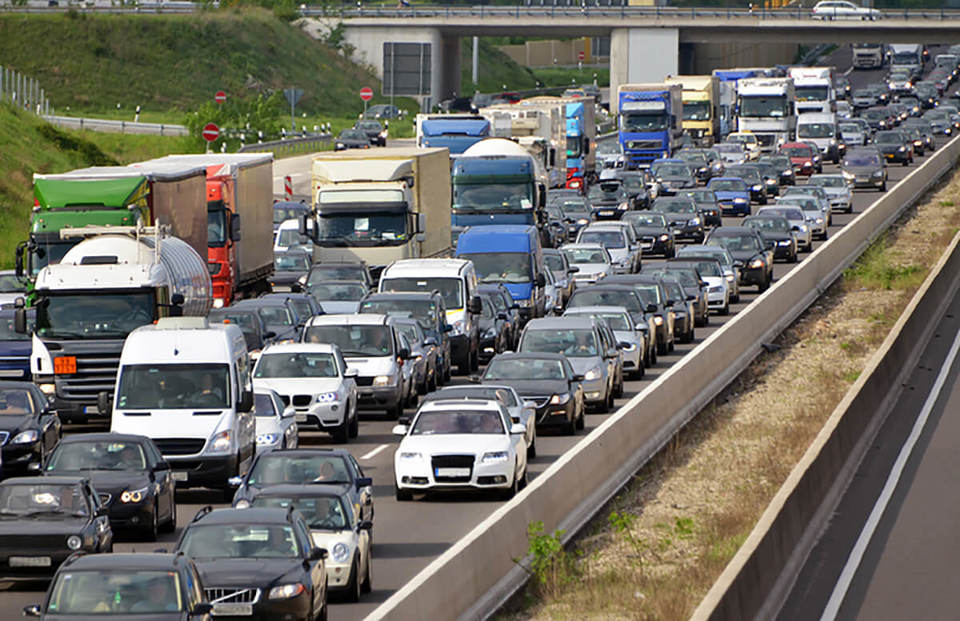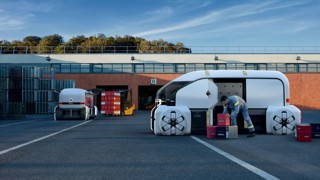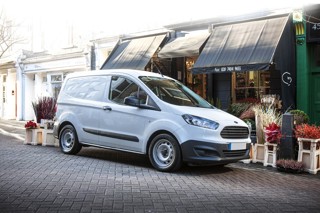The Government has been accused of ignoring the freight industry, with no mention of HGVs in its ‘Future of Mobility Urban Strategy’ report.
The document, according to the Freight Transport Association (FTA), fails to make a single substantive mention of HGVs, despite the fact that they are, and will remain, the major method of urban delivery.
Christopher Snelling, head of UK policy at the FTA, said: “The two mistakes everyone makes are firstly that urban freight is about vans, and secondly that vans are all about freight – neither of these things is true.
“The UK’s towns and cities rely on 2.5 million tonnes of goods being delivered to them every day by HGV, far outweighing what is delivered by van. And most vans are used by the services industries - electricians, plumbers, utilities companies - and are nothing to do with freight.”
FTA’s concern is that this fundamentally underestimates the key role that consolidation needs to play in making urban transport networks work.
“The same issue is seen with the focus in the document on e-cargo bikes,” continued Snelling. “These are great - it is our members that are trialling them - but at best they will only ever play a specific role in certain types of delivery.
“Done wrongly, downsizing vehicles would lead to more congestion, not less – one medium-sized lorry can carry as much as 10 vans, one van can carry as much as 10 e-cargo bikes.
“All these vehicle types are needed, but none can or should replace the other.”
In what it is describing as the biggest review into transport in a generation, the Future of Mobility Urban Strategy says the Department for Transport (DfT) will explore regulations around new types of vehicles including e-scooters and e-cargo bike trailers.
The DfT says it will also explore how sharing data can improve services by reducing congestion, and how journey planning and payments can be simplified.
At the same time, the Government is launching a competition for up to four new ‘future mobility zones’, with funding of £90 million available to test ideas to improve journeys.
Ideas, it says, will tap into widespread smartphone use and will include smoother payment systems, better, more up-to-date travel information and the use of innovative forms of transport, with the aim of making travel in towns and cities more convenient, more reliable and cheaper.
The review of transport laws comes after the Government launched consultations on the future of mobility and last mile deliveries, last summer (fleetnews.co.uk, July 30, 2018).
It has published its response to the Last Mile call for evidence and its future of mobility consultation alongside the new strategy, outlining a range of measures to support cleaner and more sustainable last mile deliveries. These include increasing the uptake of e-cargo bikes and e-vans.
Respondents to the Last Mile call for evidence highlighted the cost of electric vans and charging infrastructure as the main barriers to the take up of electric vans.
The Government says it remains committed to supporting the increased uptake of electric vans. In December, it announced continuing support for the sector through the Plug in Van Grant, which provides 20% of the purchase price of an eligible van, up to a maximum of £8,000, or £20,000 for the first 200 eligible large vans or trucks.
It will make a further announcement on the future Plug-in Van Grant rate shortly and is also considering extending the Workplace Charging Scheme entitlement from 20 sockets per company to 20 sockets per site to increase the availability of charging infrastructure.
Snelling continued: “Aside from this general disappointment, FTA agrees that the practical actions actually proposed in the strategy are sensible and will be beneficial to industry and our urban areas. These include reviews of regulations and further support for development and use of e-vans and e-cargo bikes.”
The Future of Mobility Urban Strategy, which can be viewed here, is a key part of the Government’s modern Industrial Strategy. It sets out nine key principles that aim to guide Government decision-making going forward, ensuring that emerging transport technologies are safe, accessible and green. These include being: safe, secure and guarded against cyber threats; accessible to older people and those with visible and non-visible disabilities; and in line with the government’s ambition for a zero-emission future.























Login to comment
Comments
No comments have been made yet.